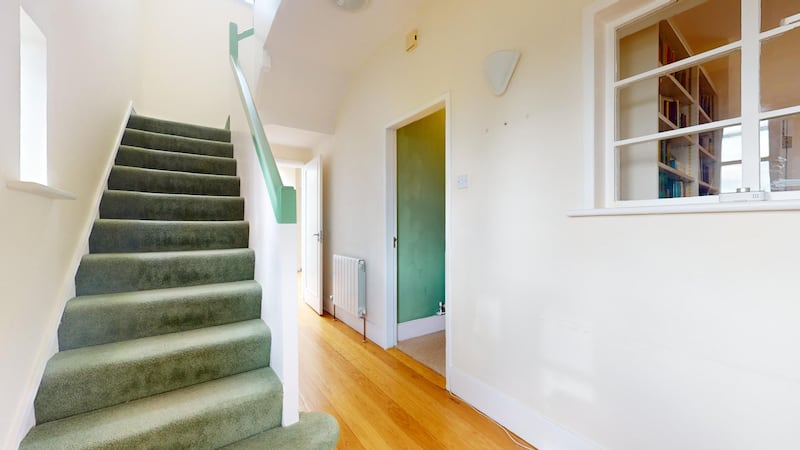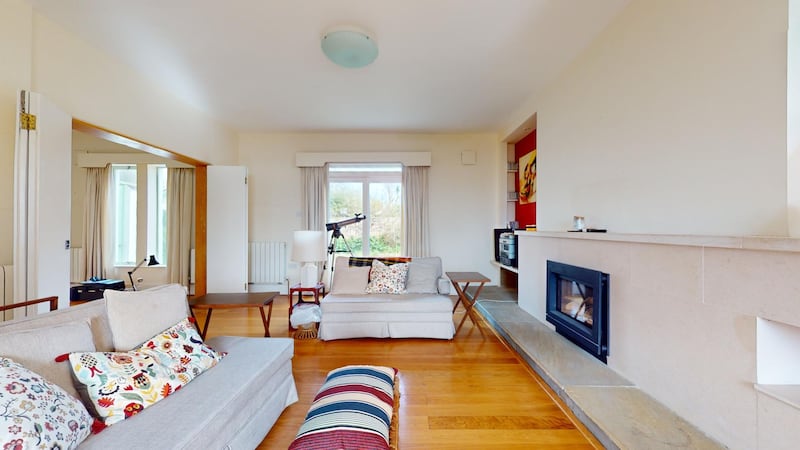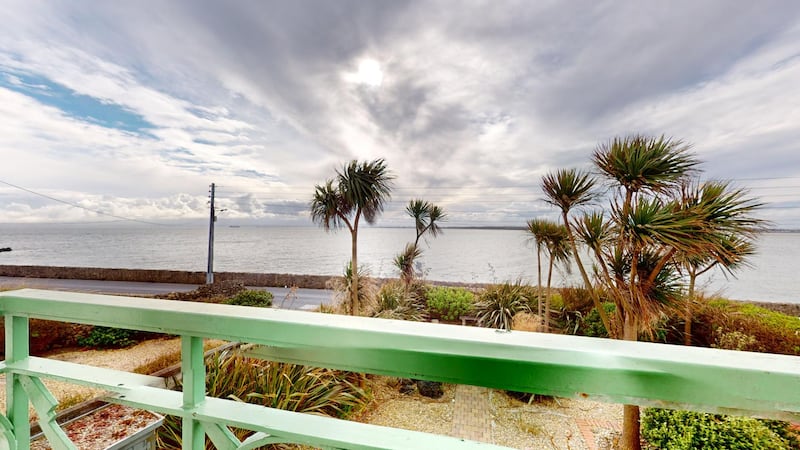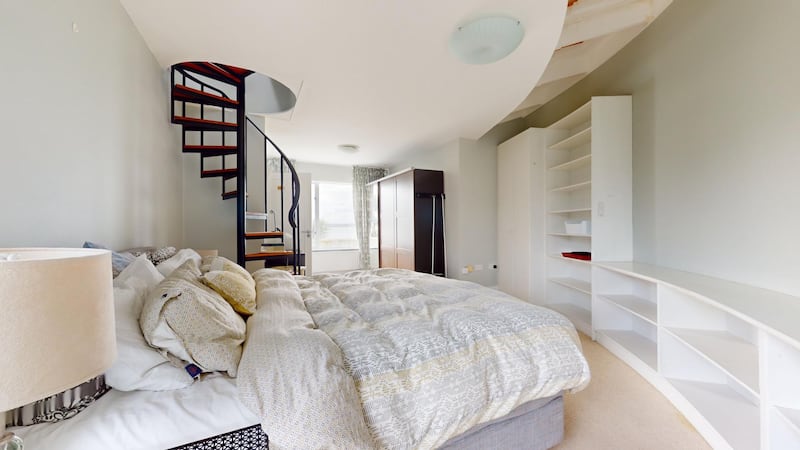Ceuta in Sutton presents an opportunity to acquire and potentially modernise an architecturally important three-bedroom home with stunning sea views on a road that is quieter than many other seafront properties in north Dublin.
The previous owners were part of a bohemian set in Dublin in the 1920s and in 1932 they met and commissioned the young architect Michael Scott to design a new house for them on the strand road in Sutton. For their honeymoon the couple went to Ceuta, the Spanish exclave on the coast of Morocco, and later incorporated elements of houses they saw there into this seafront three-bed, which they also named after their holiday location.
Scott, who became one of Ireland’s foremost architects, designed an art deco home for the couple in the international realist style. The exterior of the 183sq m (1,969sq ft) house is subject to a preservation order, so while it would benefit from some cosmetic upgrading in parts, new owners will have to respect the fixtures and fittings already in place, such as the ceramic cills, the wrought-iron balcony and porch, the shutters and the windows, which had another layer of glazing added to the original frames – the Ber is D2. Ceuta, 29 Sutton Strand, is now for sale, seeking €995,000 through JB Kelly estate agents.




On the day of my visit, a cloud of fog blankets Dublin Bay, the Poolbeg chimneys barely visible and the normal vista of Dalkey Island and Bray head is occluded by the sea mist. With partial sea views from the ground floor and spectacular views from the second, a further surprise level – the flat roof – is accessible through the main bedroom in a recent extension.
The house passed on to the current owner’s parents, who commissioned architect Mary Laheen to add an extension, and she created a curved wing to the northeast of the two-storey, four-bay property. The garden, to the front behind a high stone wall, is densely planted allowing for privacy.
A glazed porch covers the celadon-green front door, which opens on to a short hallway. Doors open to the livingroom on the right and the kitchen on the left. The livingroom is dual aspect with a small window to the front and a large double door to the back. There’s built-in shelving and a long, low-slung cream marble fireplace with shelving nooks built into it, and a narrow clerestory window above it.




A brightly lit connecting room lies between the livingroom and kitchen, and this is an obvious space to be remodelled should a new owner wish to, either making for a larger kitchen or living area. The back wall of the kitchen is curved and all the units and shelving have been built to accommodate the curve, making for an unusual room, also dual aspect with the same small window to the front.
An original 1930s door opens on to the back garden, which is small and full of plants and trees, an absolute suntrap with a tiny putting green. Doors also open on to the garage and a utility and returning to the front hall, there’s a guest bathroom painted a deep shade of green.
Carpeted stairs lead to the first floor with a dramatic principal bedroom. Built over the kitchen, it has the same curving wall, and a hidden bank of windows in the ceiling add even more interest. An incongruous-looking spiral staircase leads to a skylight that opens on to the flat roof for those who wish to avail of even more stunning sea views.
Along with a balcony on this level, two of the three bedrooms have incredible views over Dublin Bay and would-be buyers may seek to invert the living quarters, or turn one of the bedrooms into a livingroom. There’s a family bathroom with a dome skylight, and the bedroom at the end has a newly modernised bathroom as well as two walk-in wardrobes.
[ House prices take off even as supply increasesOpens in new window ]












